31 October 2019 Update. It is a sad sad day as I see helicopters capturing the video footage of the Shuri Castle in flames. A massive fire broke out and burned down the Seiden, the main hall, and also the Hokuden and Nanden. The fire alarm went off around 2:30 am and by afternoon, the fire had completely gutted six of the castle’s heritage buildings. I feel a heavy burden in my heart as Okinawa’s most iconic heritage site and some of my most memorable moments vanished up in smoke.
This is my story of when I visited the castle in 2016.
Shuri Castle is a Ryukyuan gusuku castle in Shuri district of Okinawa Prefecture in Japan. The castle was built sometime in the 13th century by Shunbajunki, the second king of Chuzan. It served as the center of politics, foreign affairs, and culture of the Ryukyu Kingdom until the archipelago was annexed by the Japanese Meiji government in 1879 CE.
My day began among sunny blue skies in Nara. It was hot, but the strong breeze made it pleasant. I and my wife, Mani, got up early and had a light breakfast. We packed light. The trip to Okinawa was a short one and a single cabin bag was enough for both of us.
Our flight to Okinawa was scheduled for 10.30 am. From Nara, we took the limousine bus to Osaka KIX Airport. From KIX Airport, we caught the flight to the Ryuku kingdom on the southernmost island of Japan.
If you are catching a Peach flight from KIX Airport, you will need to get down at Terminal 2
Peach Airlines is one of the cheapest ways to reach Okinawa from Osaka. I wouldn’t recommend flying economy if you are a large figure. The spacing on the aircraft was quite constrained. Thankfully the discomfort only lasted for a wee bit over 2 hours.
We landed in Okinawa at 12.40 pm to wonderful but hot weather. The airport building is directly connected to the Okinawa Urban Monorail, also known as Yui Rail. The monorail line serves as a useful commute in the busy cities of Naha and Urasoe in Okinawa. If you don’t have anyone to pick you up and you want to save on the cab fare, you can use the monorail, which takes you directly into the city.
Fact: Okinawa is the southernmost island of Japan and Akamine Station and Naha Airport Station, are the southernmost and westernmost active rail stations in Japan.
It was only later while writing the journal that I realized, that at that moment I had inadvertently traveled to the southernmost train station in Japan. For the record, I have already been to the northernmost active station in Japan.
We had to wait for some time before the train arrived. We were heading to Asahibashi Station, where, just a few blocks away, we had booked our stay at the Naha Beachside Hotel.
As the monorail carried us into the city, I kept staring out of the window with the excitement of a schoolboy on a camping trip. I have to admit that Naha is unlike any Japanese city. Not only are the homes designed differently, but the trees and shrubs are also more tropical, like the ones found in my home city of Kolkata.
From Asahibashi Station, it was a long walk to the hotel. We were exhausted by the time we reached the hotel, but we still had some time before we could check-in. So, we just dropped our bags at the hotel reception and walked back to Asahibashi Station. The Sun was extremely strong, but we kept going.
At Asahibashi station we gathered the available information regarding local sightseeing and train timings. Since we were already out, we decided to head out to Shuri Castle. On the way, we grabbed some onigiri from a nearby convenience store.
Trains are at 8-minute intervals and it takes about 17 minutes to get to Shuri Station from Asahibashi. Within a few minutes, the monorail came wooshing along and we were on our way to explore our first heritage site in Okinawa.
The train comprised of two coaches, with a capacity of around 100 people. After getting down at Shuri Station, we were not sure about the directions to the castle so we used our phone navigation to guide us towards the castle grounds.
Shuri Castle is surrounded by a massive park. Within the castle park, there are numerous historical buildings and sites that have been passed down from the bygone era. Usually, one gains access to the castle’s grounds via the Shurei-mon Gate and passes the stone gate – Sonohyan-utaki, before entering the actual fortification walls at the Kankai-mon. However, we wanted to explore a few other structures surrounding the park before entering the castle grounds.
Benzaitendo
The first building we landed at was the Benzaitendo, sitting idly in the middle of a manmade pond called the Enganchi. A masonry bridge, called Tennyo bashi, connects the edge of the pond to the small building. The railings of the stone bridge are beautifully decorated with images of lotuses on either side.
The Enganchi is a man-made pond. It was initially constructed in 1502, to hold the spring water and rainwater that flowed from the top of Shuri Castle. Water that overflowed from this pond was collected at the Ryutan, another pond located adjacent to it.
The Benzaitendo, sitting idly in the middle, with faded, red roof tiles, enshrines the goddess Benzaiten, a deity that watches over people on voyages at sea. But I hear that it was always not so. The history of this pond and the building in the center goes back to the mid-15th century, during the reign of King Sho Toku.
The Sho family ruled the Ryukyu Kingdom from the early 15th century through 1879 when it was annexed by Japan and renamed Okinawa Prefecture
Precious Housatsuzou-kyou (Buddhist scriptures) were presented by the Korean king Sejo of the Joseon Dynasty to the then king of Okinawa, King Sho Toku. Many years after the death of Sho Toku, In 1502, by the order of King Sho Shin, a small building was built over the Enganchi Pond in order to house these scriptures.
The building was destroyed in 1609 during the invasion of Ryukyu by forces of the Japanese feudal domain of Satsuma. When it was later restored in 1629, an image of Benzaiten was enshrined here. The statue was ruined a couple of more times but it was always restored. The last time it was destroyed was during the Battle of Okinawa but again restored in 1968.
After exploring and capturing some the shots of the pond, we moved on towards the back of the castle.
Shuri Castle Grounds
Built inside a sprawling complex, Shuri Castle or Shuri-jo, includes layers of inner and outer walls constructed in different eras. As I mentioned before, Shuri-jo is a Ryukyuan gusuku castle. The “Gusuku” were basically walled compounds created between the 12th to 16th centuries, that evolved into forts and castles of local chieftains. Not all gusuku buildings evolved into castles, some of them were also religious centers used for traditional religious rituals such as nature worship.
Like other gusuku, the Shuri Castle was built using Ryukyuan limestone. The outer walls which were built during the Second Shō Dynasty, dates back to the 15th-century, while the inside walls were commissioned some time in the mid-16th century. Surrounded by these winding stone walls, Shuri-jo is neither an imposing citadel like the Matsumoto Castle nor a fortress-like the Matsue Castle. Locals describe it as a castle designed to welcome people.
Most parts of the castle can be explored free of charge. Only if you want to see the very inner parts of the castle, you’ll have to buy admission tickets, which can be purchased at the Kōfuku-mon.
Kyukei-mon Gate
We entered the castle grounds from the Kyukei-mon Gate at the back. Its foundation was laid sometime in 1477 and it was completed in 1526. Kyukei-mon is also known as Hokori Ujo. While the Kankai-mon was the main gate, Kyukei-mon functioned as a service gate where mainly women passed through. The gate was also used on certain occasions by the King when he visited the temple at the base to offer his prayers or during times he visited Urasoe district in the north
From the Kyukei-mon Gate a cobbled path leads to the Kankai-mon gate. From there a curving path leads to the Zuisen-mon gate.
Zuisen-mon
Two Shishi lions, carved in stone sit on either side of the Zuisen-mon gate. “Zuisen” means “great, auspicious fountain,” and the gate was named after a “dragon head” water conduit called “Ryuhi” in front of the gate. Shishi lions traditionally stand guard outside the gates of Japanese Shinto shrines and Buddhist temples. They are always depicted in pairs, one with mouth open and one with mouth shut.
A few paces up the path leads you to the Houshin-mon Gate.
Houshin-mon Gate
Hoshin-mon Gate means “a gate to respect the gods.” Beyond the Houshin-mon Gate you will find yourself in front of the Una Forecourt with the beautiful Seiden Hall at the end.
Shuri Castle
The date of construction of Shuri Castle is uncertain, but it was clearly in use as a castle during the Sanzan period (1322 – 1429). It is believed that it was probably built during the Gusuku period (1050 -1429), like most other castles of Okinawa. The beginning of the Gusuku period corresponds to that of the Old Ryukyu period of Okinawan historiography, both beginning in 1187 with the semi-legendary ascension of King Shunten. When King Shō Hashi unified the three principalities of Okinawa and established the Ryukyu Kingdom, he used Shuri as a residence. At the same time, Shuri flourished as the capital and continued to do so during the Second Shō Dynasty.
The characteristics of Ryukyuan architecture at Shuri-jo lies in the unique features of Ryukyuan designs arranged with the influences of both the architectural styles of Japan and China. The Seiden is the Honden or the main hall of Shurijo Castle and, unlike Japanese castles with Tenshukaku or castle towers, it shows architectural styles of Chinese imperial structures and strong influences of Japanese architectural features of shrines and temples.
A three-story structure with wide stone steps at the front, and the dragon pillars of Dairyuchu and Shoryuchu which are carved out as columns. At the center of the Seiden’s roof is a design known as Karahafu.
The karahafu is perhaps the most instantly recognizable Japanese architectural feature, yet its origins are not well established in Western literature. Folk etymology suggests that the style was imported from China sometime during the Nara or Heian period. You can clearly see its ominous presence at the entrance to the Todai-ji.
Seiden Hall of Shuri Castle
For 450 years from 1429, it was the royal court and administrative center of the Ryukyu Kingdom. It was the focal point of foreign trade, as well as the political, economic, and cultural heart of the Ryukyu Islands. According to records, the castle burned down several times, and rebuilt each time.
The 15th century was the kingdom’s golden age but after that, it experienced one hardship after another. During the reign of Shō Nei, samurai forces from the Japanese feudal domain of Satsuma seized Shuri in May 1609. The Japanese withdrew soon afterwards, returning Shō Nei to his throne two years later, and the castle and city to the Ryukyuans, though the kingdom was now a vassal state under Satsuma’s suzerainty and would remain so for roughly 250 years.
After taking a breather we walked in to explore the interiors of the castle. In order to enter the Seiden, one enters the buildings on the right hand side of the Una at the one-storied Bandokoro, which houses, just like the connected, two-storied Nanden, a museum documenting the eventful history of the castle and royal dynasties of Okinawa.
The Shuri Castle complex itself can be divided into three main zones, namely a central administrative area (including the Seidan and Ura), an eastern living and ceremonial space (behind the Seidan) called the Ouchibara (literally “inside field”), and a southwestern ceremonial area including the Kyo-no-uchi. The living quarters were occupied by the Ryukyu Kingdom’s ruling family from 1429 to 1879.
The Hokuden also houses two miniatures of the palace’s buildings set for special ceremonies. The seating arrangement will surely remind you of scenes from mythological movies depicting the Forbidden City in Beijing.
The throne in the Karahafu area of Shuri Castle. The first floor of the Seiden was referred to as Shichagui, and this was where the King himself mainly led the ceremonies. The lavish area at the center was called the Usasuka, the royal throne where the King presided for various ceremonies. Through the sliding Shoji screens behind the Usasuka is the Ochokui, a set of stairs used exclusively by the King, and it was from these stairs that the King arrived to the Usasuka from the second floor.
The dragon is a vast imaginary beast that originally symbolized the Chinese emperor. The Ryukyuan king made extensive use of dragon images in imitation of the emperor.
The second floor of the Seiden is called the Ufugui and at the center is where the King’s throne was placed, on a platform similar to that of Shumidan Buddhist altars. Above the throne were a number of framed writings sent by Chinese emperors that read, Chuzan Seido – Ryukyu is to be ruled by the King of Chuzan; Shuzui Kyuyo – Ryukyu is where auspicious markings gather, and Eiso Eizen – rule the Kingdom of Ryukyu found across the seas with eternal happiness. These writings were framed after coated with lacquer in Ryukyu, and displayed in the palace.
The glorious throne we can see today is a reconstruction of the throne used by King Sho Shin, who ruled the island from 1477 to 1526.
There are a total of 33 dragon ornaments inside and outside of the Seiden, including the pair of large dragon pillars standing at both sides of the main entrance.
Here we have the The Royal Crown is also called HIBENKAN or TAMANCHAABUI. Along with a formal costume gifted by the Chinese emperor, it was a formal wear for the king at such nationally significant events as Sappo (enthronement of the king) and the New Year’s celebration.
Black silk crepe was attached to the crown’s surface, and 12 of tape shaped golden threads were sewn on it. 7 kinds of 24 beads – a total of 288 beads – including gold, silver, coral, and crystal were tacked on each golden thread. A dragon, the symbol of the king, was engraved in the golden ornamental hairpin.
In 1879, the kingdom was annexed by the Empire of Japan and the last king, Shō Tai, was compelled to move to Tokyo, and in 1884, he was “elevated” to the rank of marquess in the Japanese aristocracy. The kingdom was turned into Okinawa Prefecture, and its 500 years of history came to an end. Subsequently, the castle was used as a barracks by the Imperial Japanese Army. The Japanese garrison withdrew in 1896, but not before having created a series of tunnels and caverns below it.
In 1908, Shuri City bought the castle from the Japanese government, however, it did not have funding to renovate it. In 1923, thanks to Japanese architect Ito Chuta, Seiden survived demolition after being re-designated a prefectural Shinto shrine known as Okinawa Shrine. In 1925, it was designated as a national treasure.
Ryukyuan elements also dominate. Like other gusuku, the castle was built using Ryukyuan limestone, being surrounded by an outer shell which was built during the Second Shō Dynasty from the second half of the 15th century to the first half of the 16th century. Similarly, Okushoin-en is the only surviving garden in a gusuku in the Ryukyu Islands, which made use of the limestone bedrock and arranged using local cycads.
The large dragon pillars erected on both sides of the stone steps at the center of the Seiden are called Dairyuchu, and these were first created in 1508. Later, they were remade several times as the Seiden saw reconstruction works after fires. The present Dairyuchu were made after 1712, and their shape and size were referenced from damaged remains of the present pillars that managed to survive the ravages of war, and also from records that documented repairs of the Seiden in 1758.
Unlike Japanese castles, Shuri Castle was greatly influenced by Chinese architecture, with functional and decorative elements similar to that seen primarily in the Forbidden City. The gates and various buildings were painted in red with lacquer, walls and eaves colorfully decorated, and roof tiles made of Goryeo and later red Ryukyuan tiles, and the decoration of each part heavily using the king’s dragon.
Shuri Castle operated not only as a base of political and military control, it was also regarded as a central religious sanctuary of the Ryukyuan people. Formerly there were 10 utaki (shrines) within the castle and the large area on the south-western side of the citadel was occupied by a sanctuary called the Kyo-no-uchi.
We take it for granted so naturally that the islands of Okinawa are an integral part of Japan, and yet the fact is it has only been less than 150 years since they became part of the Japanese Empire.
We were both extremely tired from the exhausting walk. As the sun set of the beautiful castle we made our way down. The street lamps were on. I wished I had had some strength to set up the tripod, but I was very tired. The shots thereafter are noisy as they were taken hand-held.
We passed by the Tennyo Bashi which was dimly lit up and looked fantastical in the night.
We took the monorail back to Asahibashi Station. On the way to the hotel, we grabbed some food from a convenience store to eat at the hotel.
It was about 9 pm by the time we reached the Naha Beachside Hotel. We checked in quickly and directly went for a hot tub bath.
Shuri Castle’s history is enmeshed in the imperialist history between the island of Okinawa and Japan, which annexed the Ryukyu Islands into its feudal domain in 1879. Before then, Shuri had been the capital of Okinawa. Now, the city is part of Naha, the new capital of Japan’s Okinawa prefecture.
Thanks for reading! Tomorrow we head out to the Okinawa Churaumi considered one of the biggest aquariums in the world.
April to June: 8.30 am to 7 pm (last entry: 6.30 pm)
July to September: 8.30 am to 8 pm ( last entry: 7.30 pm)
October to November: 8.30 am to 7 pm (last entry: 6.30 pm)
December to March: 8.30 am to 6 pm (last entry: 5.30 pm)
Adults: 800 Yen
Disclaimer: The information presented in this article is based on the time I visited the premises. Note that there might be changes in the prices of merchandise and admission fees that might have occurred after this article was published. At times the facility might also be closed for repairs or for variety of other reasons. Kindly contact the facility or facilities mentioned in this article directly before visiting.
Usage of this site indicates acceptance of my Terms and Conditions.
Credits: The historical information presented herein is gathered mostly from local guides that were re-inforced via historical writings.
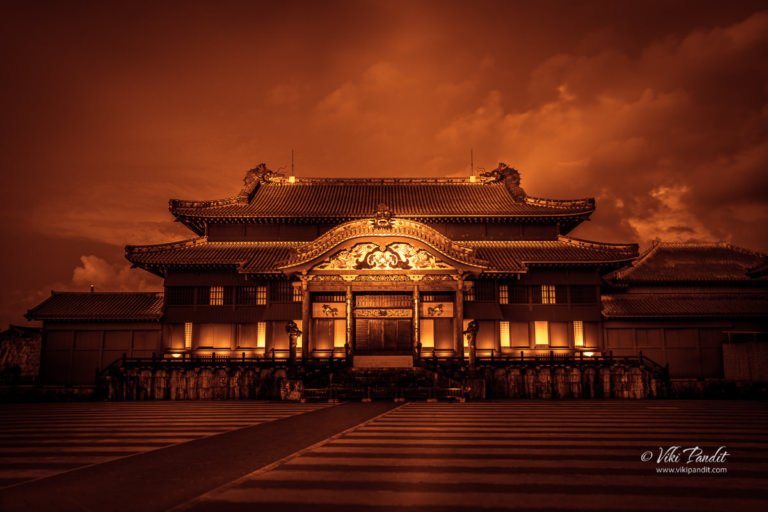




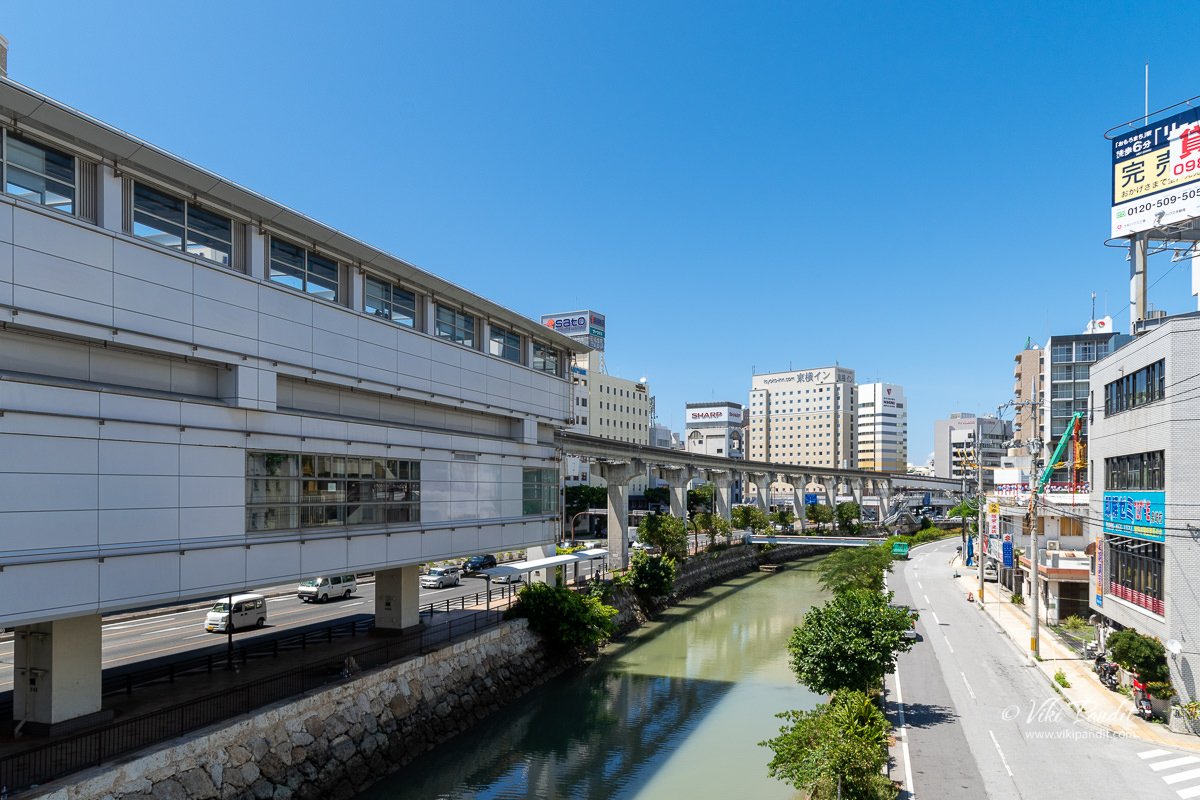

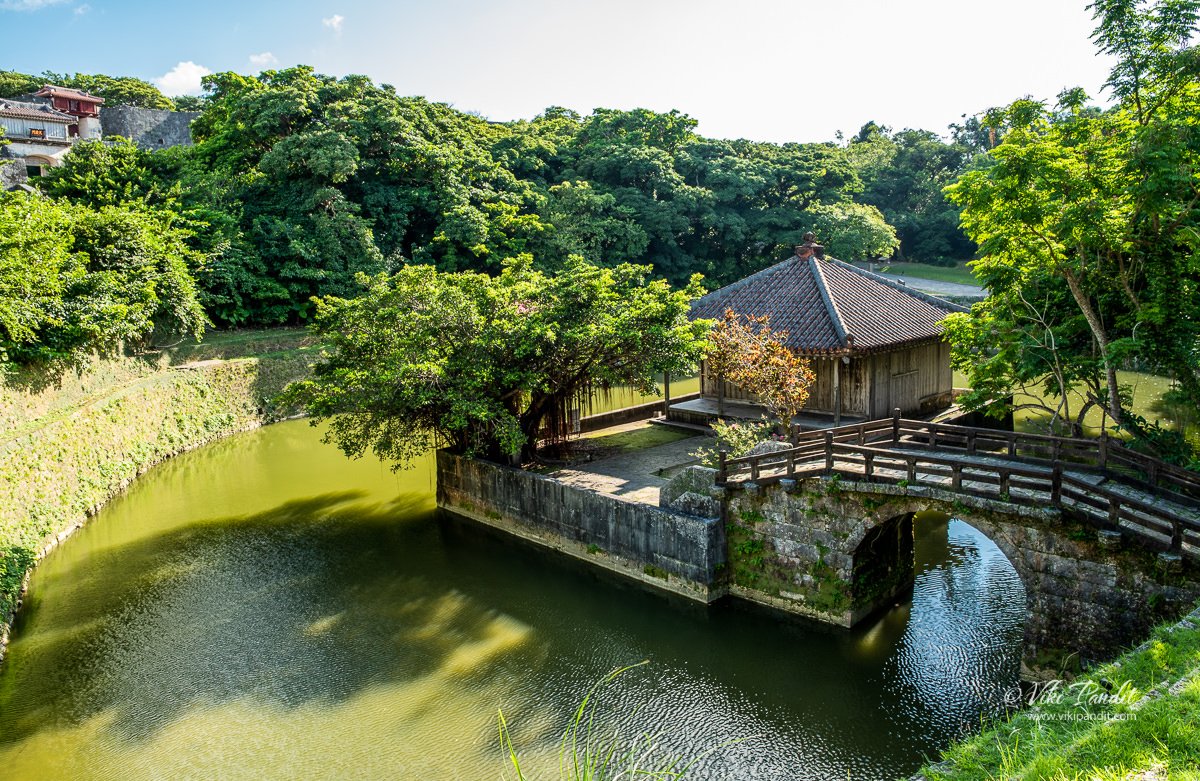
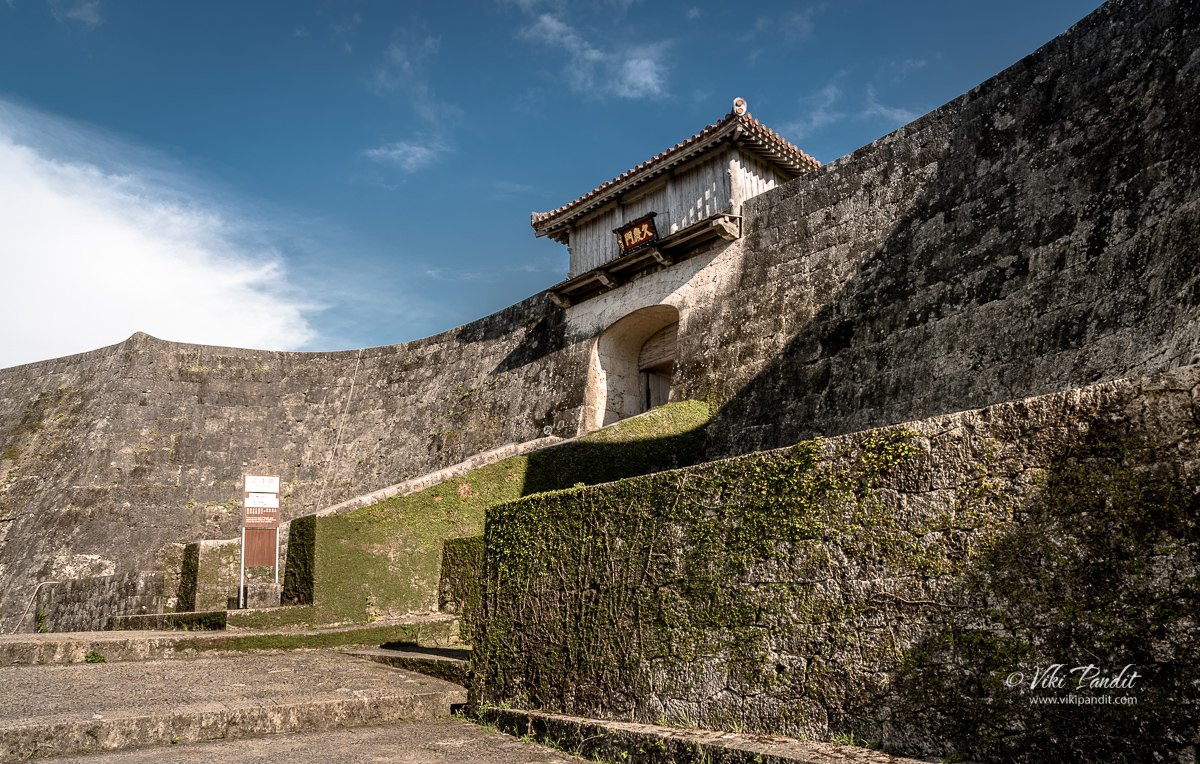




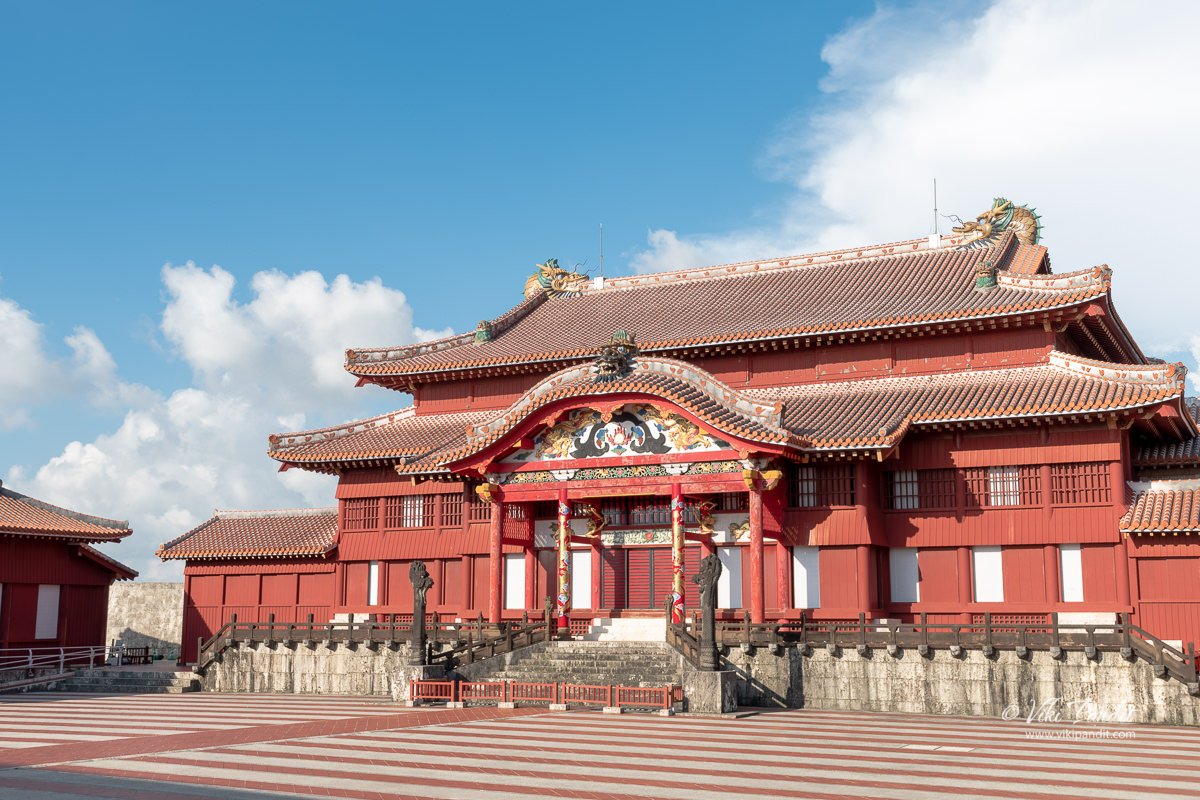
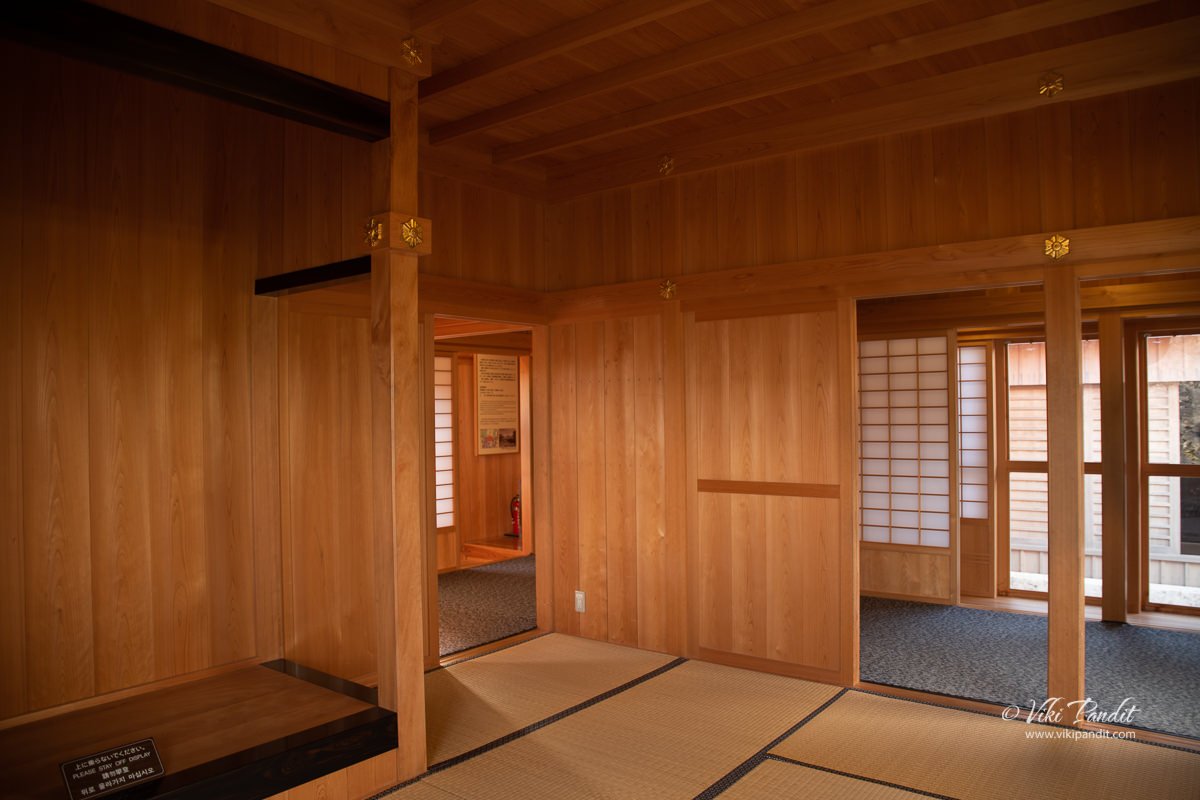
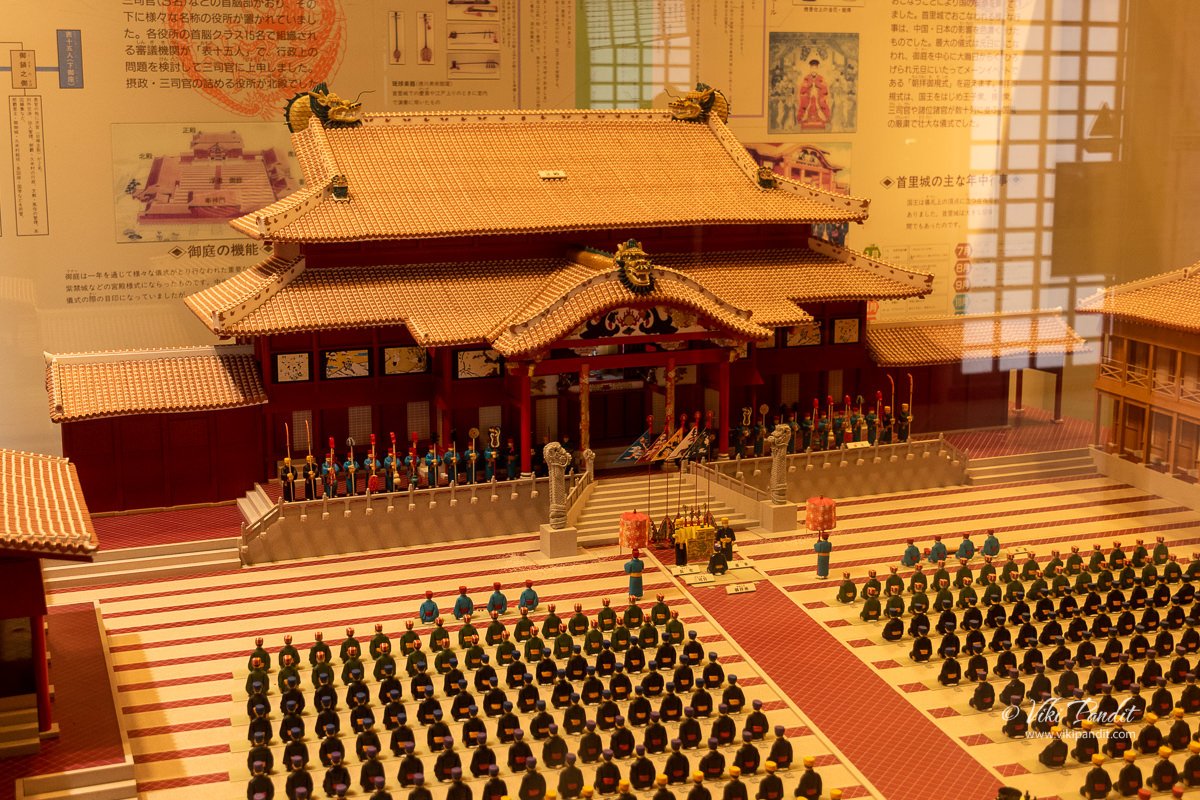
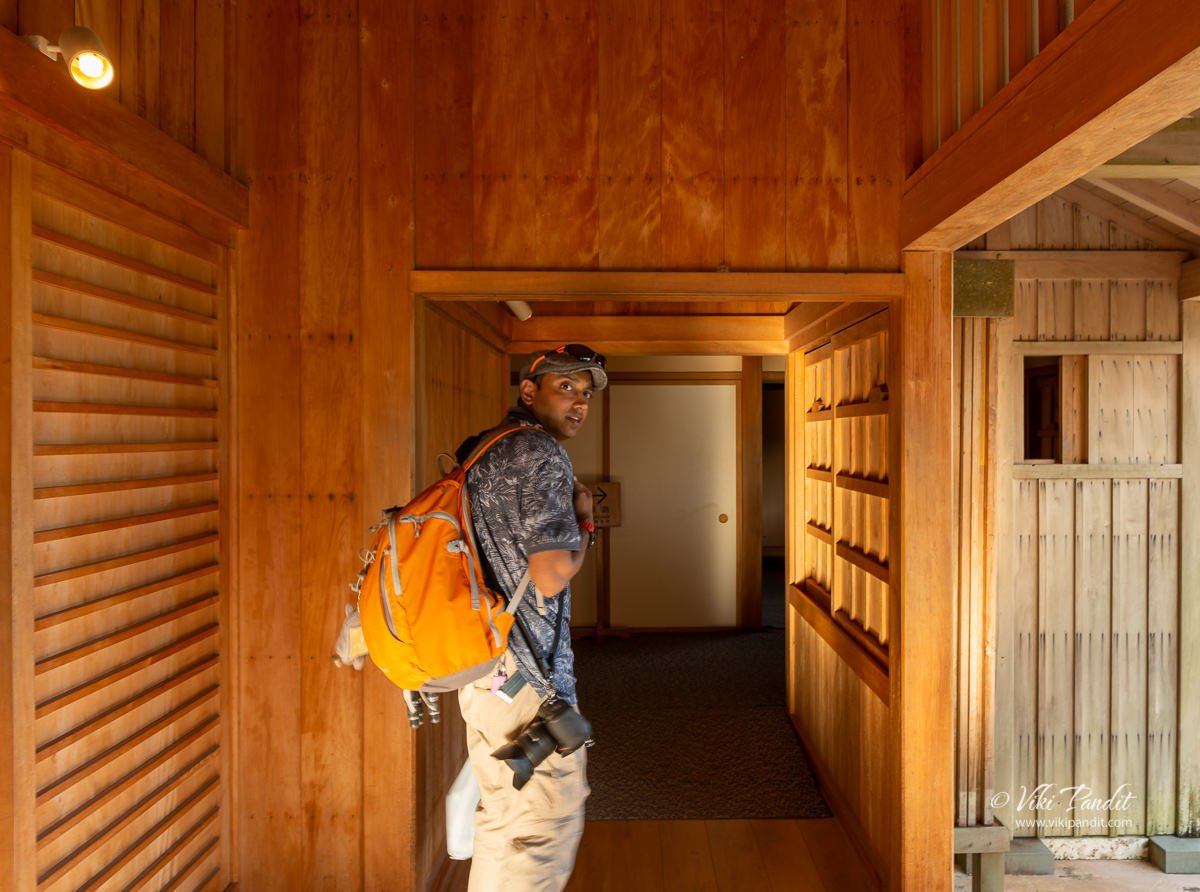
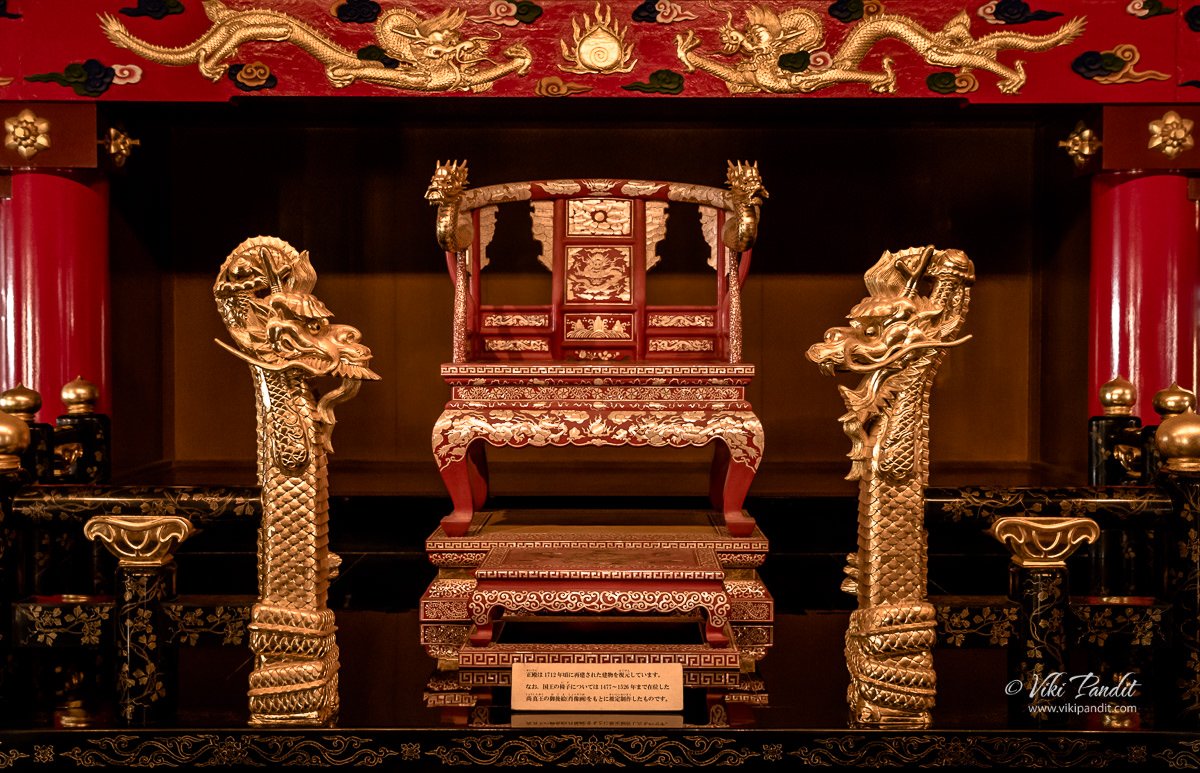

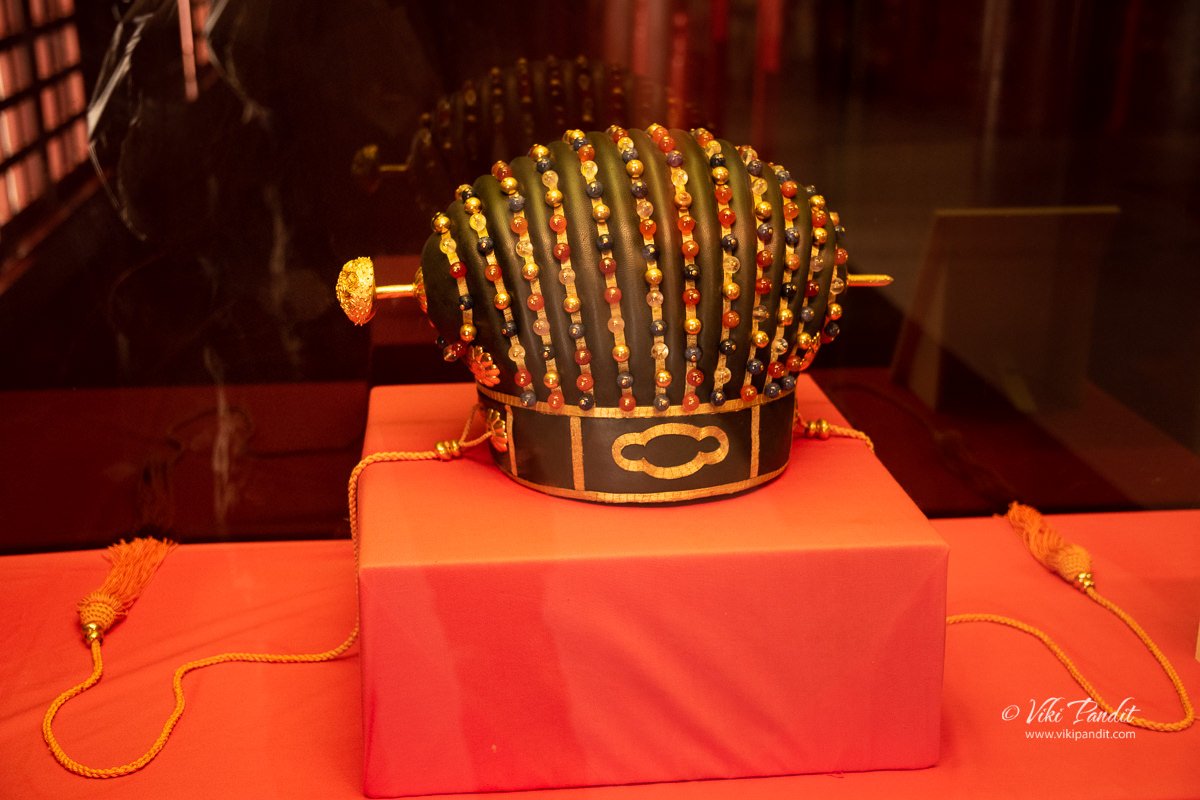


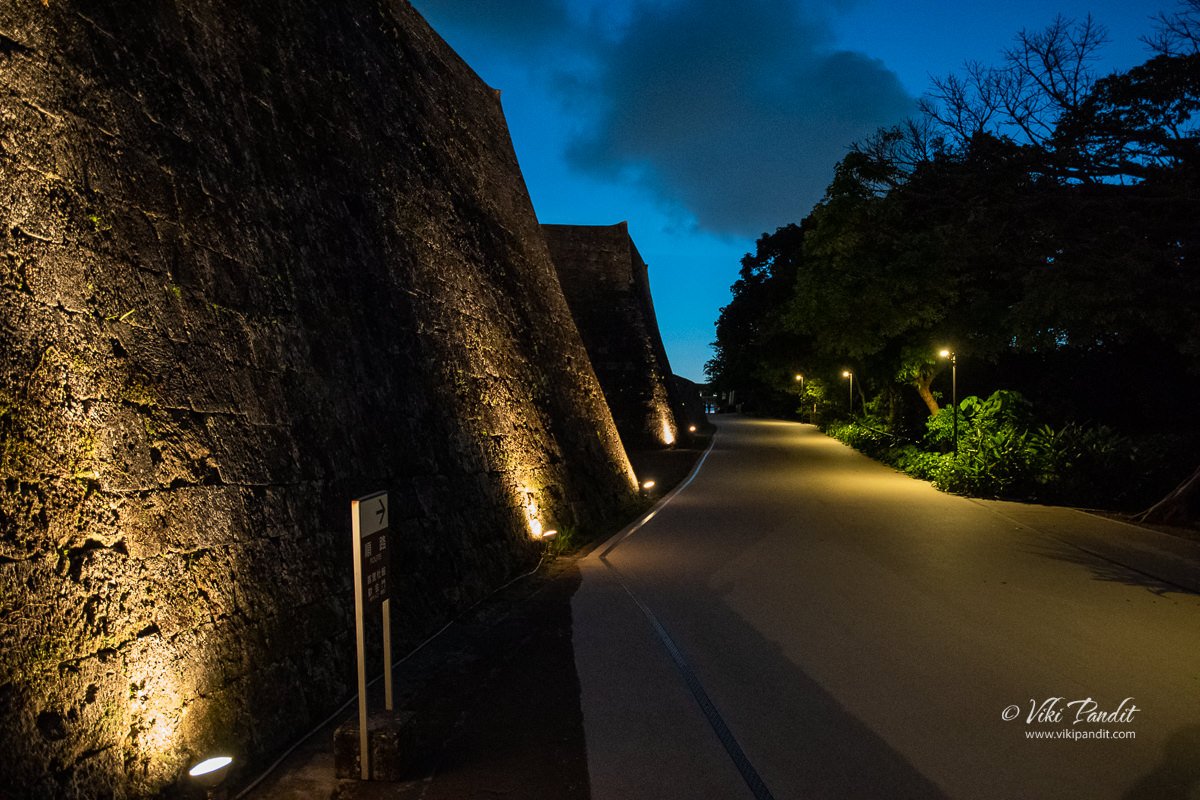
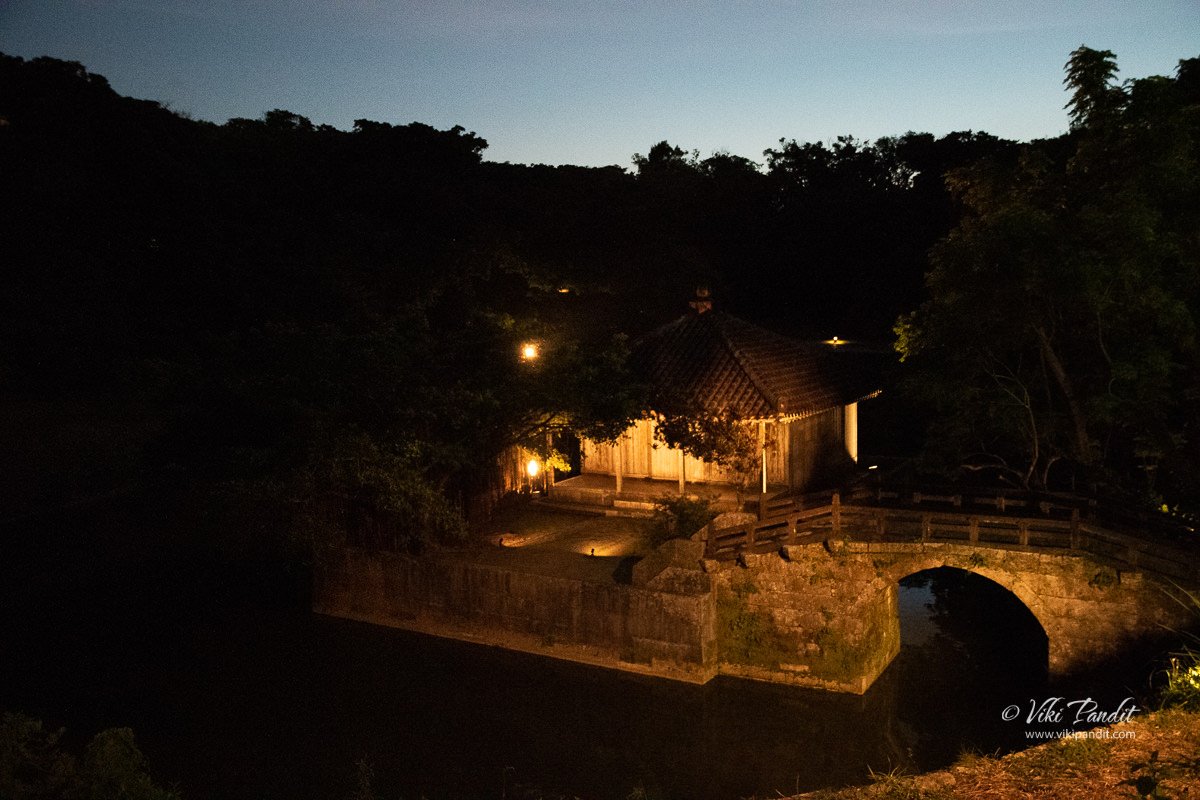
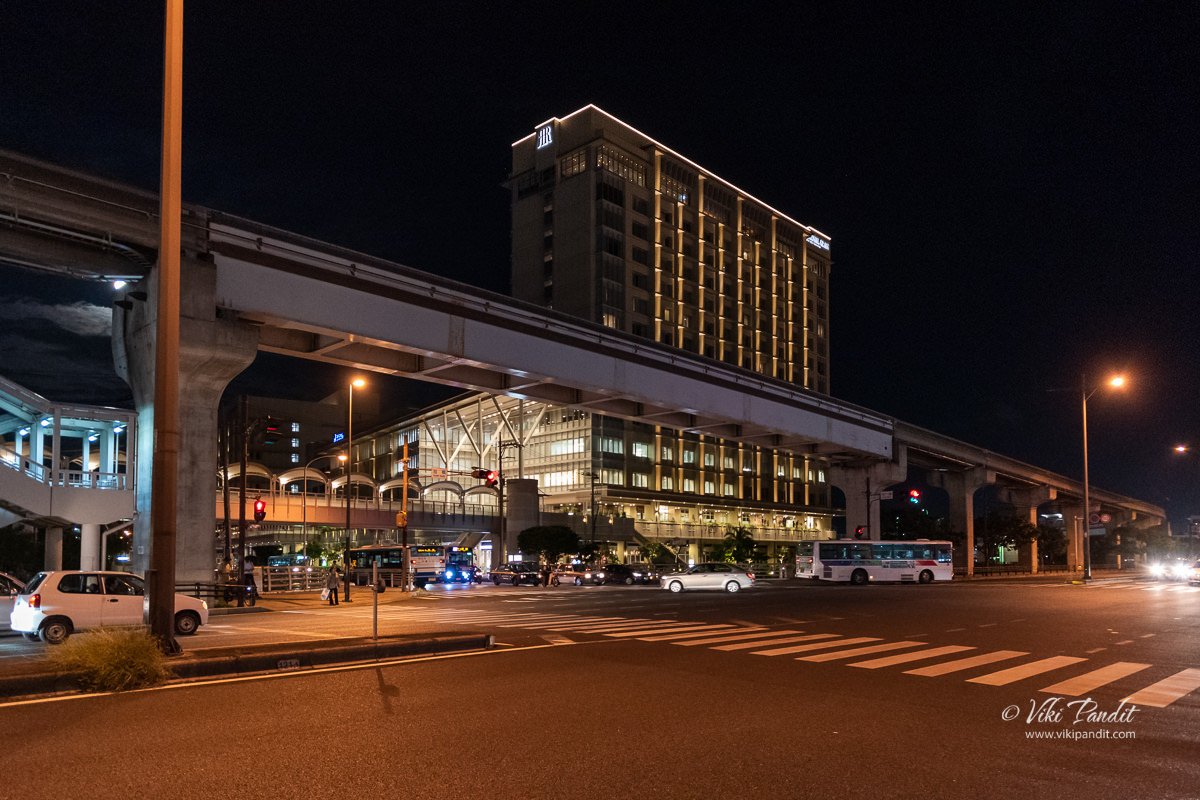

I also visited this Temple in August 2024. It is really a wonderful Temple which requires more time to see all the details. Narayan dear park and these temples are worth to see. My Indian friend has described very well. I am also writing the things which I saw during my Japan visit and preparing a book for Marathi readers’ Chala jag phirya ‘